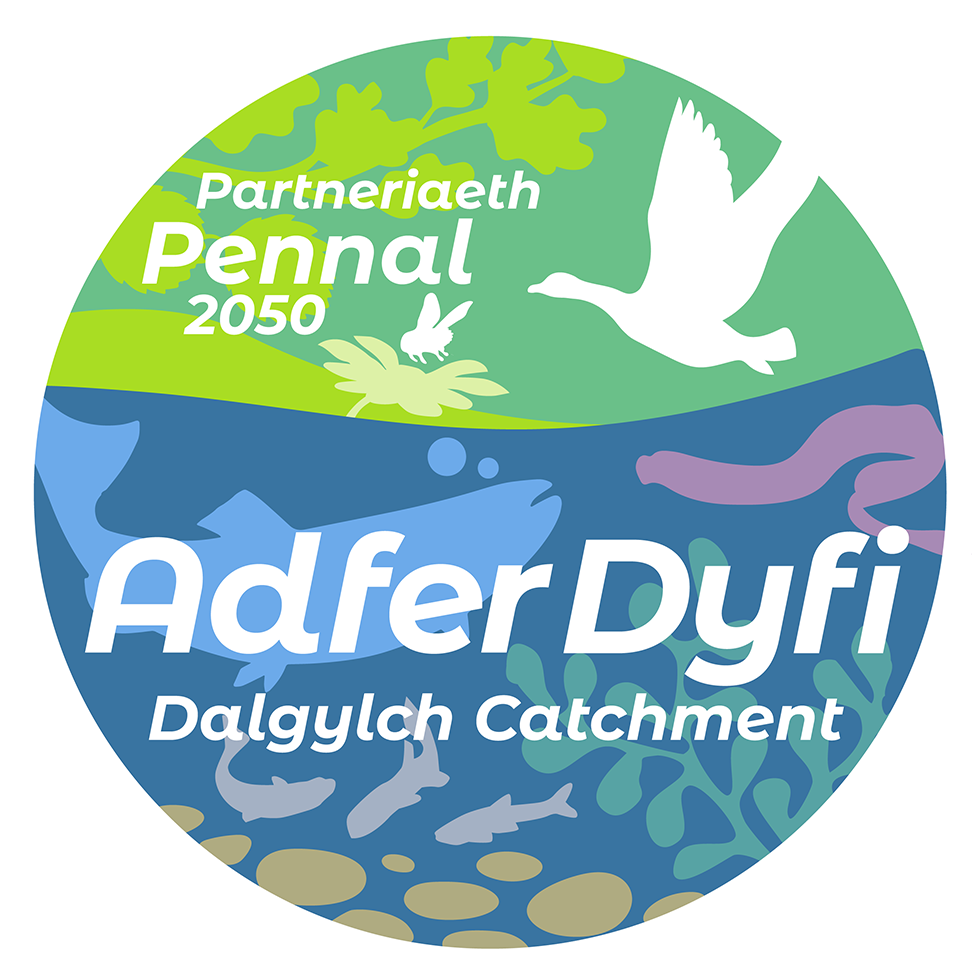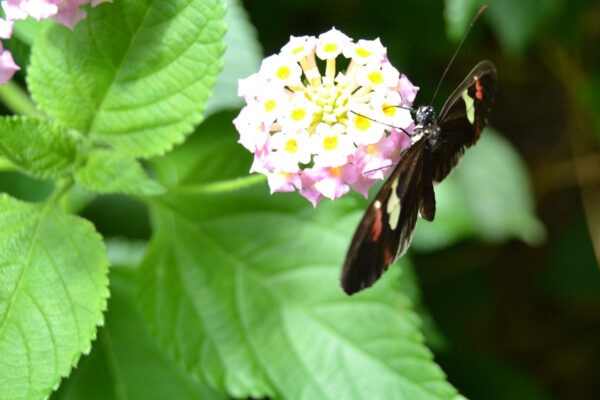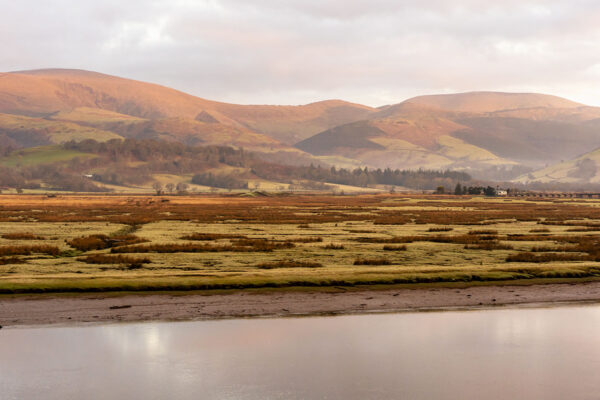Biodiversity
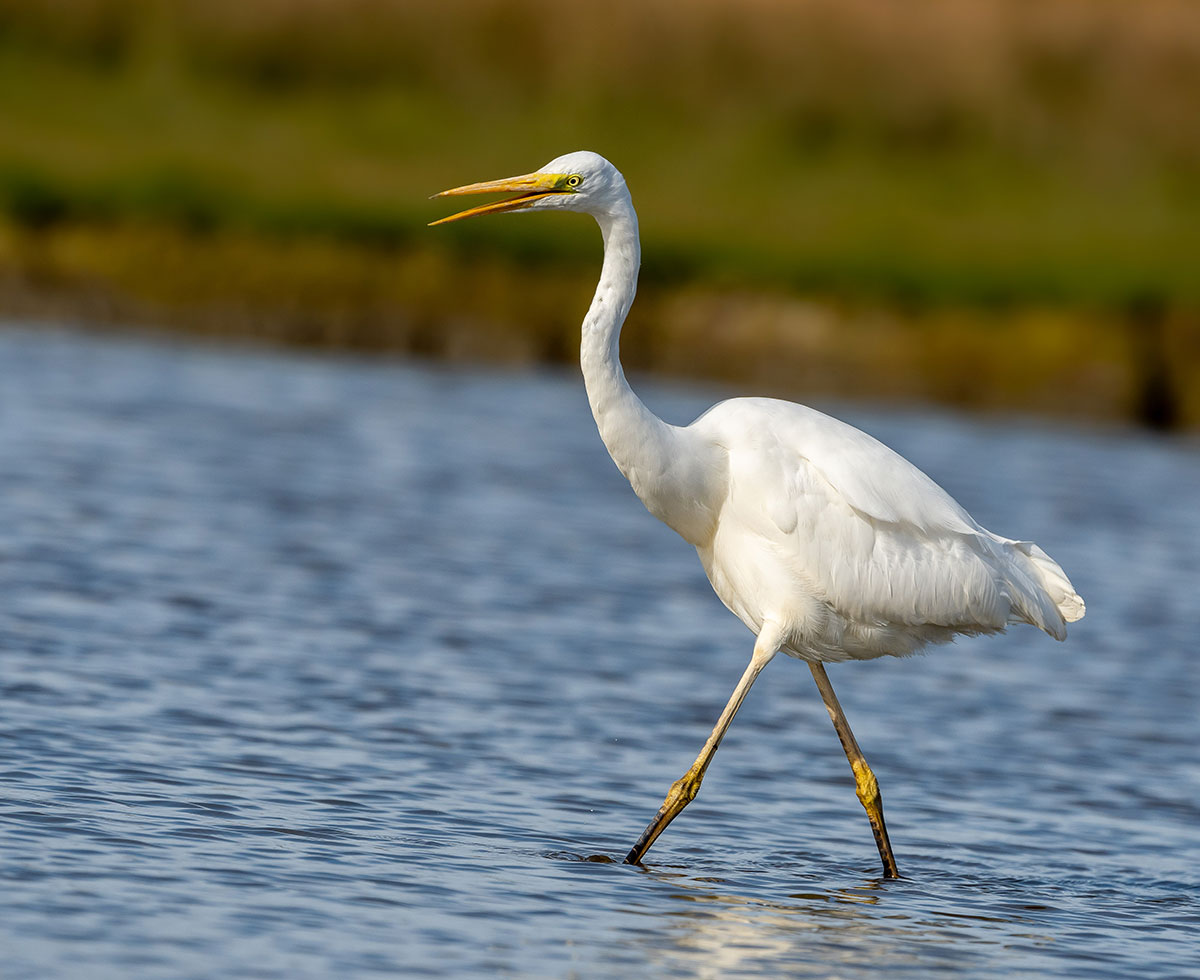
Otter (Lutra lutra)
The elusive otter is a sight to behold on the Dyfi, and if you are lucky you may catch sight of them playing on the gravel banks with their pups. They feed on fish, amphibians such as frogs, birds, eggs and insects. Their long muscular tails and webbed feet enable otters to be strong swimmers while their sensitive whiskers and strong claws help them to detect and catch prey.
Greenland white-fronted geese (Anser albifrons flavirostris)
In the early 1900s this species were spotted on several lakes and on hill bogs in the Dyfi Catchment. Dyfi & District Wildfowlers’ Association, with the co-operation of the local land owners and wildfowlers, sought to preserve the birds and numbers increased and peaked at 200 birds in 1990.
Nowadays there are only a couple of dozen regularly wintering on the estuary, and it is the only site in Wales they are found. Partneriaeth Pennal took part in the Echoes project, a major study by Aberystwyth University and University College, Cork, looking at the effects of climate change on the habitats of species of coastal bird in Wales.
The status of the Salmon on the Dyfi is “at risk” (NRW) with declining eggs being laid and stocks. It is important to consider the whole catchment when attempting to improve spawning grounds, reduce obstructions for fish migration and improve ph levels (eg reduce acidity of water from coniferous needle drop carried from forested sections of the catchment).
Sea-trout (Salmo trutta forma trutta)
(or sewin as it is known locally) is common on the Dyfi but, like the salmon, facing a decline. It can be fished legally using licences from the New Dovey Fishery. It is an offence to sell, barter or exchange for goods or services rod-caught sea trout. There are regulations relating to the return to the river of many of the caught sea-trout, according to size or time of year.
Lamprey
This jawless fish is a filter feeder which has lived for millennia on earth with a fossil found in South Africa dated to 360 million years ago. Now the lamprey population is declining largely due to habitat degradation and fragmentation and pollution. The European river lamprey (Lampetra fluviatilis) and the sea lamprey (Petromyzon marinus) are found on the Dyfi.
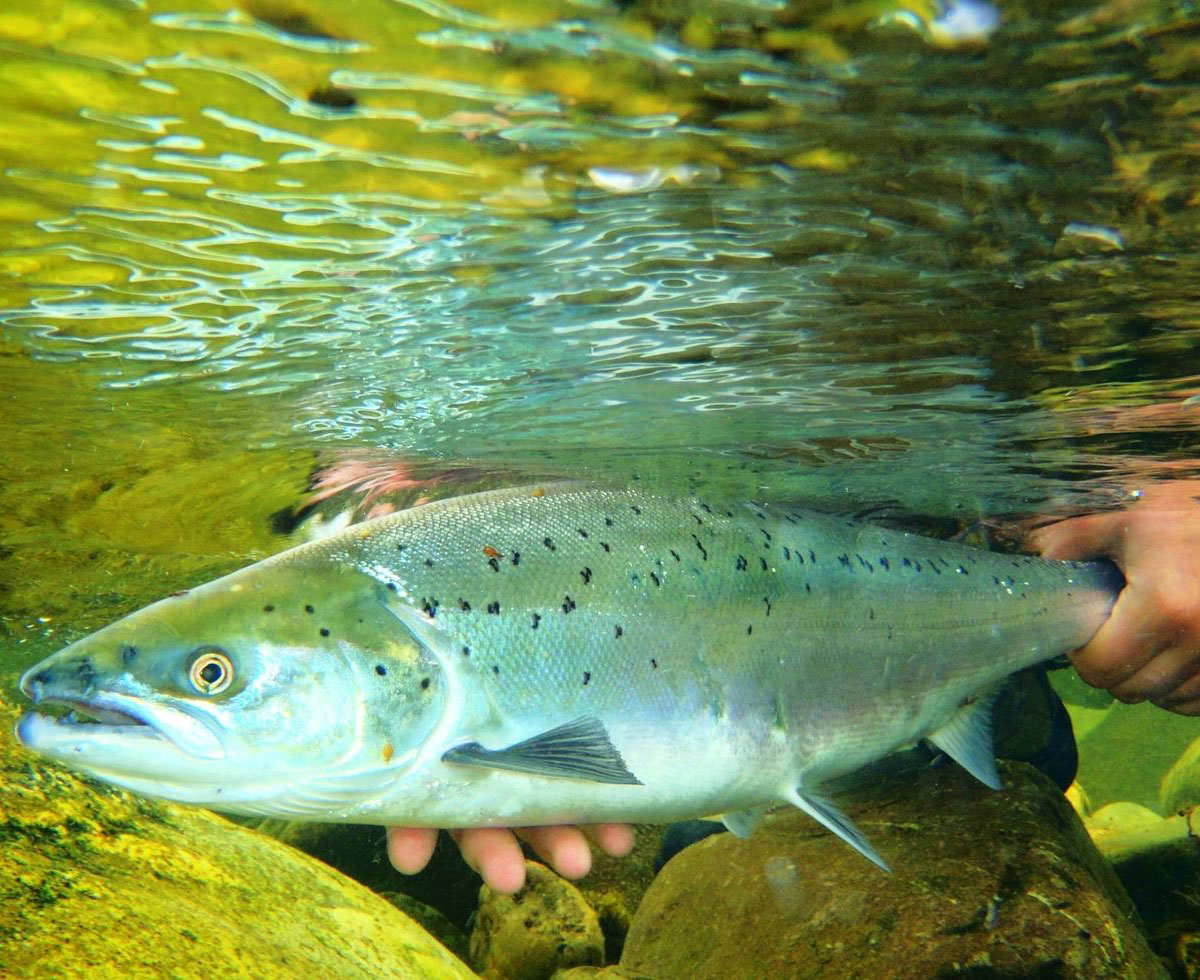
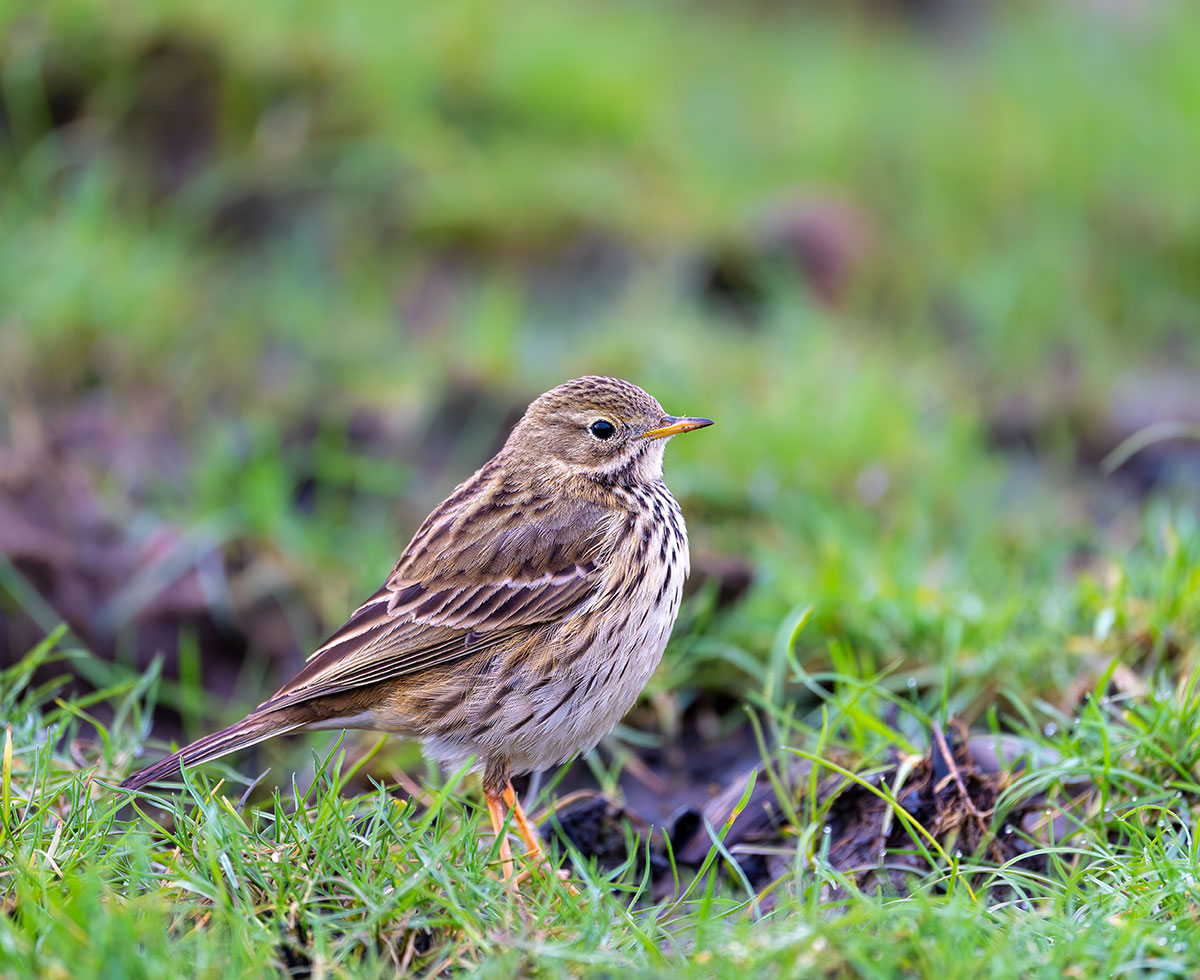
Known as marsh samphire or glasswort, is flowering plant in the family Amaranthaceae. Glasswort is a succulent herb and is salt tolerant. Like most members of the subfamily Salicornioideae, Salicornia species use the C3 carbon fixation pathway to take in carbon dioxide from the surrounding atmosphere.
Invertebrates
The Dyfi has a wide range of invertebrates with the Pennal 2050 project run by Partneriaeth Pennal (through the Sustainable Management Scheme – Welsh Government Rural Communities – Rural Development Programme 2014-2020, which is funded by the European Agricultural Fund for Rural Development and the Welsh Government) arranging for several surveys of sites (eg Afon Dyfi, Afon Sychan, Afon Cwrt) over a five year period.
Birds
As well as the little egret mentioned above the Dyfi estuary has the richest range of birds in any part of the Cambrian Mountains area. The latest survey data by Tir Canol, carried out with the support of Partneriaeth Pennal, shows 49 species in two visits during 2023.Seven species on the red list of birds of concern were recorded – Linnet, Mistle thrush, Grasshopper warbler, Herring gull, Skylark, Spotted flycatcher and Greenfinch.

Pictures: Arwel Lewis Photography, H. Mitchell, D. Smith, Natural Resources Wales and Natural History Museum.
